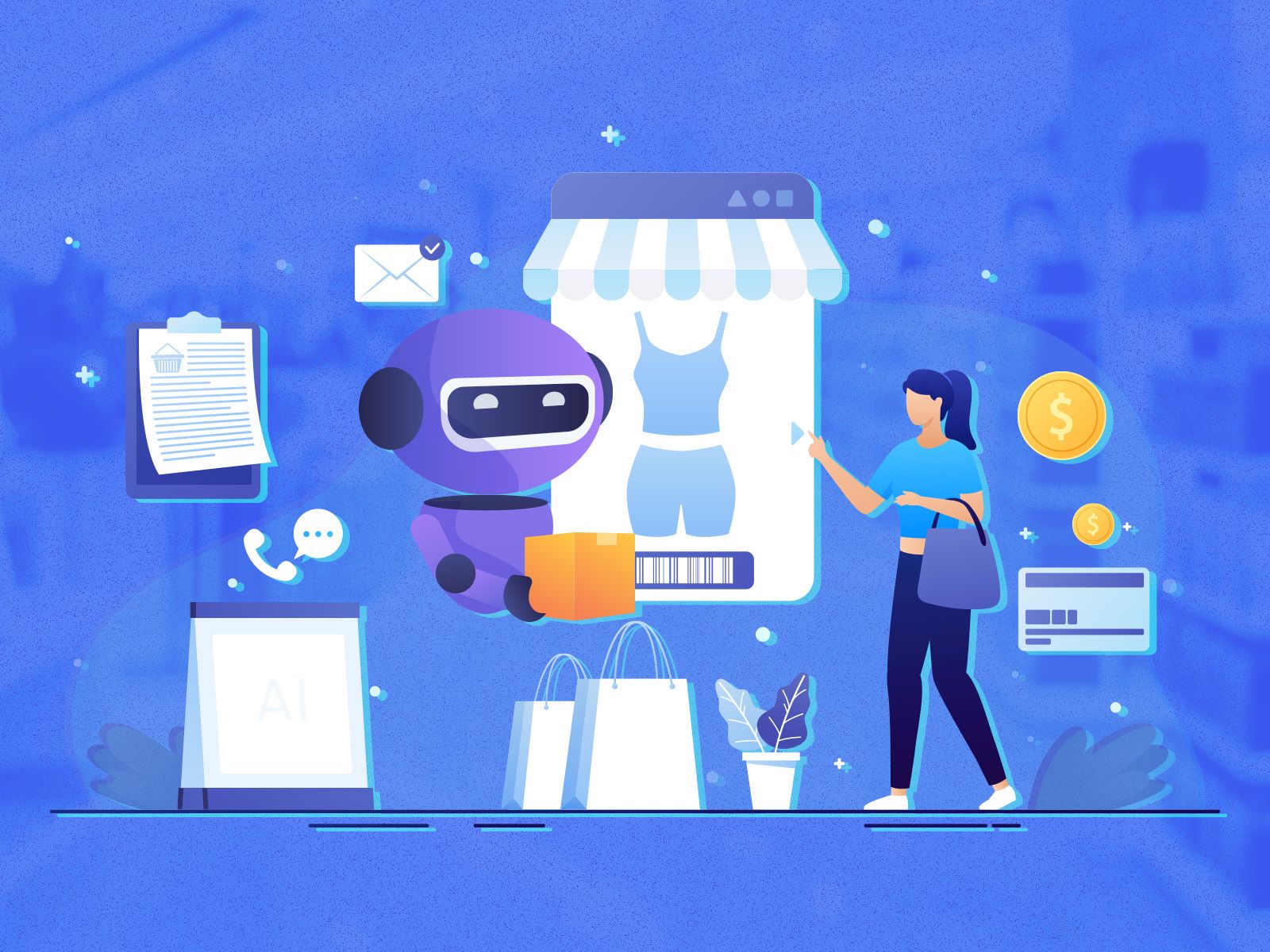Enhancing Content & Business Outcomes with Generative and Predictive AI

Illustration: © AI For All
Artificial intelligence (AI) is having its moment right now. Since OpenAI launched its AI chatbot ChatGPT in November of 2022, people cannot stop talking about AI, specifically generative AI. Executives have been mentioning it without fail in their earnings calls; the media posts numerous articles about it every day; and people are using it for work, school, or fun.
There is no denying that what ChatGPT and many other generative AI (GenAI) tools can do is remarkable. However, businesses are businesses, and a tool is only as valuable as its contribution to business productivity and profit.
GenAI: Opportunities & Limitations
On its own, GenAI can serve as a tool to generate new content — and a wide range of content at that. In the past 7 months, we have seen GenAI respond with humanlike answers to questions, compose news articles and SEO blog posts, create images with simple text prompts, and even write code that actually runs.
Many businesses across different industries have quickly adopted GenAI solutions to stay up to date with the trend and try their hand at delegating some tasks, such as drafting emails and copies, responding to customer queries, and creating presentations, to AI. For those wondering how GenAI solutions can do all these things and produce quality results, the answer is foundation models.
Generative AI solutions such as ChatGPT use foundation models, which are large machine learning models trained on a vast quantity of data at scale, to be able to generate the content that it does. Because of the vast amounts of data that trained something like ChatGPT— 570GB to be exact for GPT-3 which powers the free version of ChatGPT— these solutions can learn how to generate something new based on the style, look, or voice of something old.
While the ability to generate quality content in mere seconds to a minute or two can boost a business’s productivity, it does not help with decision-making. In fact, marketers who use GenAI to create variations of a copy or image still have the difficult task of deciding which version to present to use in their campaigns.
This is why GenAI alone is limited in what it can do for companies. Pairing generative AI with predictive AI, however, is a real game changer.
GenAI + Predictive AI: Unlocking New Potential
As its name suggests, predictive AI focuses on making predictions and forecasts. Predictive AI uses algorithms such as machine learning to analyze data and predict future events and outcomes. The more quality data, the better the predictions.
If a company wanted to know which members of its audience were most likely to become buying customers, it could use predictive AI. If a company wanted to know which products would be the best recommendations for specific shoppers, it could use predictive AI too.
Imagine for instance that you need to write a short marketing copy about a new product that is launching. GenAI can, in seconds, generate multiple versions of the copy for you to choose from. But, how do you decide? Since language, like most content, is very subjective, how do you know which copy will perform the best? The answer is you don’t — but predictive AI does.
By leveraging predictive AI, marketers can assess what words their target audience responds well to and what tone they prefer. These insights from predictive AI can guide generative AI to create a copy that will lead to the most impressions and clicks. This way of combining the use of generative AI and predictive AI can unlock new potential for businesses. The example we described is also applicable to images, videos, and other formats of content marketers will create.
The two can work synergistically in a loop: generative AI provides new data for predictive AI to train on, and predicative AI communicates with generative AI to refine its outputs for better performance. As one creates output faster, the other ensures the output is more effective. Simply put, the combination of generative AI and predictive AI creates content you can trust to perform well.
What Is Next?
When it comes to AI, it is never easy to say what will be next. What we can say is that marketing will become even more focused on personalized experiences, curated content, and engagement.
As generative AI and predictive AI continue to advance and evolve, we actually could have the ability — both in customer insights and bandwidth — to generate an individualized marketing experience for each person. This would truly deliver on the literal meaning of personalized marketing whereby the message and delivery cater precisely to each individual’s needs and preferences.
Generative AI
Marketing
Author
Appier is a software-as-a-service (SaaS) company that uses artificial intelligence (AI) to power business decision-making. Founded in 2012 with a vision of democratizing AI, Appier’s mission is turning AI into ROI by making software intelligent. Appier now has 17 offices across APAC, Europe, and the U.S., and is listed on the Tokyo Stock Exchange (Ticker number: 4180).
Author
Appier is a software-as-a-service (SaaS) company that uses artificial intelligence (AI) to power business decision-making. Founded in 2012 with a vision of democratizing AI, Appier’s mission is turning AI into ROI by making software intelligent. Appier now has 17 offices across APAC, Europe, and the U.S., and is listed on the Tokyo Stock Exchange (Ticker number: 4180).









